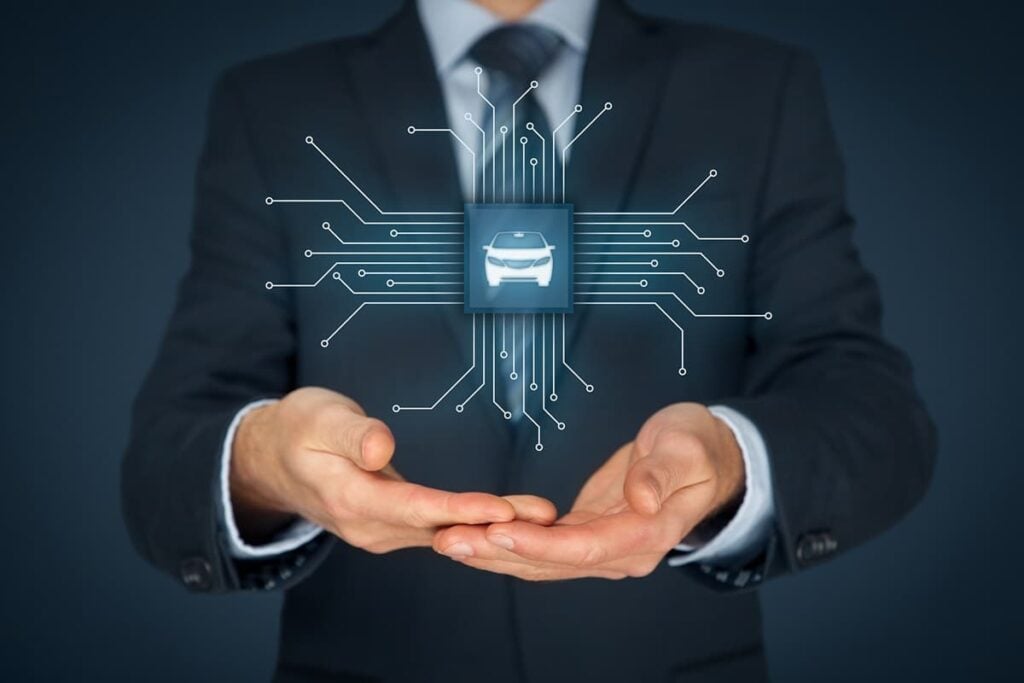Some Companies Working on Autonomous Boats
Table of contents

If you’ve ever taken a cruise, you know that it’s nothing like The Love Boat, a TV series from the 1970s and 1980s where people with bad hair hook up and get sunburned while sipping overpriced cocktails. OK, maybe the show was exactly like going on a real cruise. (We always thought it was amazing that the S.S. Pacific Princess never ran aground while Capt. Stubing was shtupping one of the passengers.) As we recently pointed out in an article about how artificial intelligence is being used to avoid collisions at sea, maritime mishaps are a real problem, with more than 250 ships lost and 600 people killed over a five-year period. Safety is certainly one reason why we will probably see autonomous boats on the high seas even before autonomous vehicles hit the road en masse.
A Boatload of Money
It’s also about the money: More than 90% of the world’s trade is carried by sea, despite the fact that you get 10 deliveries a day from Amazon. The U.S. economy is particularly reliant on the ocean, accounting for more than $352 billion in GDP and 3.1 million jobs, according to the National Oceanic and Atmospheric Administration (NOAA). In 2016, the U.S. maritime transportation system carried $1.5 trillion of cargo through U.S. seaports to and from international trading partners, NOAA said. Autonomous boats will help companies save fuel and increase tonnage by optimizing navigational routes, Motherboard reported. While we predicted before that drone cargo ships could hit the waves as early as 2025, autonomous boats may become common even sooner.
Such vessels could become another cog in the economic machine for smart cities where canals and waterways are part of the transportation infrastructure, such as Amsterdam, Bangkok, and Venice. Researchers at MIT, for instance, are designing 3D printed autonomous boats that can self-assemble into different structures such as floating bridges or even a temporary stage for a Phish concert. Or they could be configured to support city services such as waste management or passenger transport (hopefully on different boats). Such robotic ships might help reduce vehicle traffic, with the capability of operating 24/7.
The research is part of a broader initiative called Roboat based in the Netherlands, a country that is already a near-utopia thanks to the fact that it has more bicycles than people, not to mention shops that sell both coffee and weed together.
Full Steam Ahead
Meanwhile, companies and startups are investing and developing aggressively in AI technologies like computer vision, as well as advanced sensor systems such as LiDAR and other high-definition perception systems like those being developed for self-driving cars. Another piece to the puzzle will be communications systems, including satellite networks dedicated to maritime transportation.
Rolls Royce (LN:RR) is probably one of the better-known names developing autonomous boat technology, something we first brought to your attention about three years ago in our drone cargo ship article. More recently, the luxury car manufacturer has partnered with Intel (INTC) for what it calls its intelligence shipping platform, which uses AI and edge computing to manage navigation, obstacle detection, and communications. In December, Rolls Royce completed sea trials of an autonomous ferry in Finland. The entire operation was completed without human intervention, including autonomously docking the ship, which automatically alters speed and course as it approaches the quay.

Another automaker that is investing heavily in AI-powered mobility is Toyota, which just closed its second $100 million fund. Its Toyota AI Venture portfolio has grown to 17 startups, including a flying car manufacturer and an AI mapping company for robots and drones. It also recently participated in a $10 million Series A for an autonomous boat startup called Sea Machines Robotics.
Autonomous Boats for Work
Founded in 2014, Boston-based Sea Machines Robotics has raised $12.3 million in disclosed funding, so that Series A in December represents a sizable investment for the startup. The company offers a couple of retrofit systems to automate many of the operations of work boats like survey vessels, patrol boats, and ferries. The SM300, for instance, is a vessel intelligence system that still requires a human in the loop but automates command and control, as well as offers direct remote-control operation via a wireless belt pack. Still in development is SM400, an automation system designed for larger vessels like cargo ships. It uses AI to identify and track objects at sea, as well as LiDAR and perception software, similarly to how Advanced Driver-Assistance Systems (ADAS) help automobiles avoid road hazards.

Last year, Sea Machines announced it would hold sea trials of SM400 with Maersk, the world’s biggest shipping company, using one of its new ice-class container ships. The company is expected to announce the results of those sea trials in June at the Autonomous Ship Technology Conference (co-located with the Talk Like a Pirate Expo).
Founded in 2017, San Francisco-based Shone was started by a trio of Parisian classmates who have been able to raise $4.2 million in short order. The company’s AI navigation platform gathers data from traditional ship instruments like sonar, radar, GPS, and a ship-to-ship tracking system known as AIS, as well as cameras. It leverages hardware from AI chipmaker Nvidia (NVDA) to process the data to not only detect surrounding ships but predict their behavior to avoid collisions or other problems. Shone recently landed a deal with its own shipping conglomerate, CMA CGM, to test the autonomous boat system at sea.

Autonomous Boats for Research
Last year, we profiled six startups building surface and underwater drones. One of the companies was Saildrone out of Alameda, California that designs and manufactures wind- and solar-powered autonomous boats for ocean research. It’s not alone. Founded in 2013 and based near Boston, Autonomous Marine Systems has raised $5.8 million to support its fleet of robotic boats called Datamarans.

As the name suggests, the vessels are designed like small catamarans, but covered with solar cells and sporting instruments for a variety of applications. They can measure oceanographic data, listen to whale calls, detect oceanic earthquakes, and even spot friendly vessels from foes.
LiDAR for Autonomous Boats
As we’ve noted, many of these systems employ LiDAR, a technology we’ve covered before that uses lasers to create 3D maps of the environment. It’s one of the key navigational technologies enabling self-driving vehicles, despite what Elon Musk thinks. While most LiDAR manufacturers are focused on the automotive market, several offer equipment designed for autonomous boats and the marine environment. Here’s one example:


Remember the Rolls Royce intelligence system? The LiDARs come from Neptec. The company also markets the hardware for port automation.
Conclusion
You can be forgiven for believing that the only kind of autonomous boats out there today are the inflatable kind that guide you through amusement parks. The world’s biggest shipping companies are very interested in automation. It’s less about taking jobs away from humans – most of these big vessels don’t have very large crews to begin with – and more about squeezing the most value out of every drop of diesel fuel by navigating more precisely (and safely) than a human can. What will be really cool is to find an autonomous and electric boat. That’s gotta be easier than building an electric airplane. Maybe we’ll have to attend the Electric and Hybrid Marine Expo to find out – if it doesn’t conflict with Talk Like a Pirate Day.
Sign up to our newsletter to get more of our great research delivered straight to your inbox!
Nanalyze Weekly includes useful insights written by our team of underpaid MBAs, research on new disruptive technology stocks flying under the radar, and summaries of our recent research. Always 100% free.














